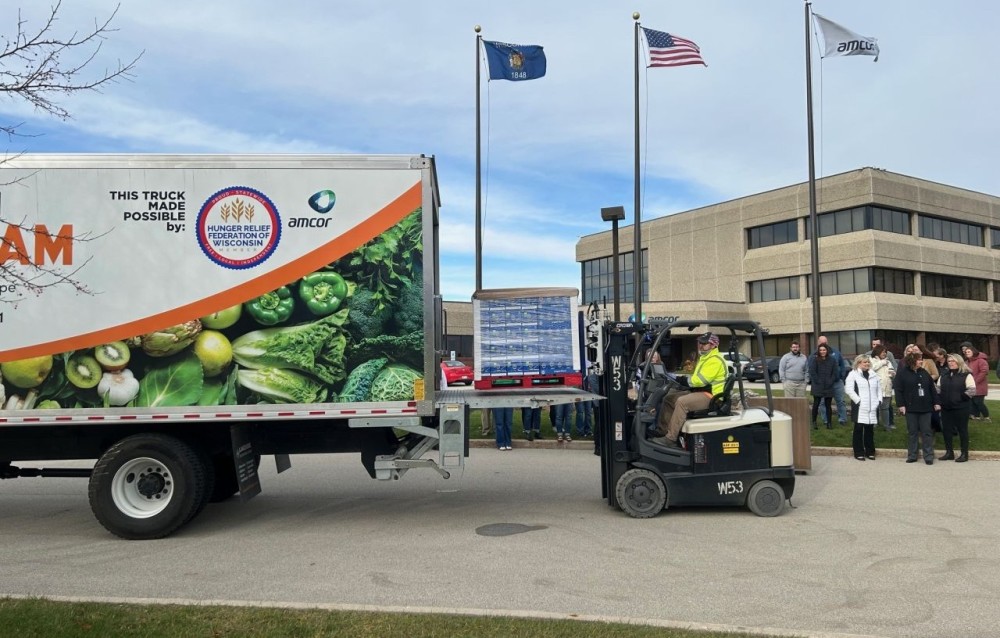Offshore oil and gas platforms can function as “novel ecosystems” supporting diverse and abundant marine wildlife, according to researchers from The University of Western Australia.
Six surveys were conducted over three years at the Wandoo oil field, 70 km offshore from Dampier, in Western Australia’s Pilbara region, and at two nearby natural sites.
The study, published in Ecology and Evolution, found that the abundance and diversity of marine life at the Wandoo oil field were higher than they would have been pre-installation. Additionally, the fish community inhabiting the platform area was distinct from that of a nearby natural reef, with a novel ecosystem emerging at the platform.
Lead author Dr Sean van Elden collected thousands of hours of video footage over the course of three years, from which the team at UWA’s Marine Futures Lab documented more than 35,000 animals from 358 different species.
The animals ranged from tiny baitfish to large minke whales, and included sharks, manta rays, sea snakes and turtles. Several species were observed exclusively at Wandoo, including rainbow runner, Malabar grouper and tawny nurse sharks.
Dr van Elden said that Australia should allow for offshore oil and gas platforms to be left in place once they were decommissioned, if it could be demonstrated that they were of significant ecological value, similar to the Rigs-to-Reefs program in the United States.
“These platforms are artificial reefs that have been in place for decades. Removing these structures from the ocean destroys a thriving reef community,” Dr van Elden said.
“There are thousands of platforms around the world which face decommissioning. We should at least be considering the ecological role these structures play, and whether removing them could do more harm than good.”
Co-author Jessica Meeuwig, Director of the Marine Futures Lab at UWA, said the exclusion of fishing activity around offshore platforms was a key component of these diverse and abundant ecosystems.
“In Australia, offshore platforms are surrounded by a petroleum safety zone which prohibits entry of unauthorised vessels, including recreational and commercial fishing vessels,” Dr Meeuwig said.
“This effectively means that a marine protected area exists around each of these platforms, providing refuge for the animals associated with them.”
The research was supported by Vermilion Oil and Gas Australia, owners and operators of the Wandoo oil field, via provision of access to site, project and logistics support, and a PhD scholarship. The research was conducted independently by UWA with no further input from Vermilion.








